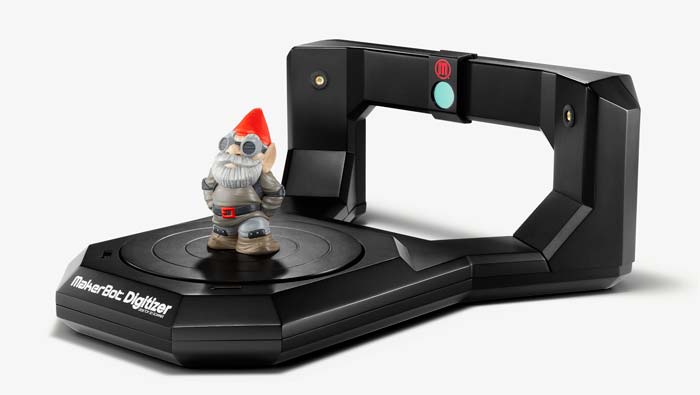As schoolchildren, we learned the names of famous inventors from history: Alexander Graham Bell, Eli Whitney, Thomas Edison. Ask someone to name a famous modern-day inventor, though, and you’ll probably get a blank look. Today's heroes are celebrities: Actors, athletes, singers.
But where would we be without the Post-It Note, the smartphone, the luggage with wheels that rolls through the airport? Somebody invented each of those things, and we owe them all a debt for making our lives easier.
The best inventions make us wonder what we ever did without them.
As part of our focus on innovation, CNN is honoring 10 new inventions in technology and related fields. These are gadgets or prototypes with big, game-changing potential: to power villages in the developing world, to assist search-and-rescue teams in responding to disasters, to restore some vision to the blind.
Some are available now, while others won’t come for a year or two, if ever. But all of them are ingenious in their approach to solving problems. And someday, the names of their inventors may be spoken by future schoolteachers.
May we present The CNN 10: Inventions.




























